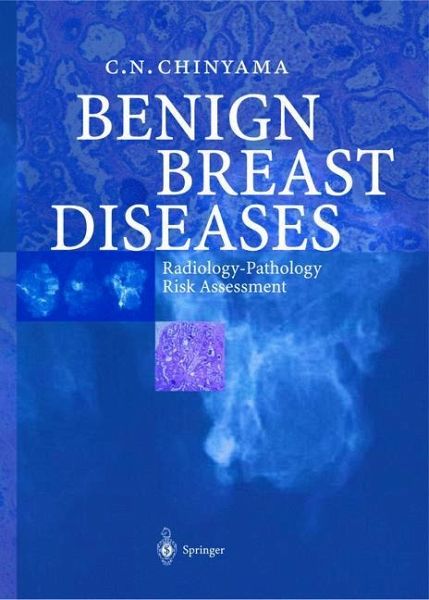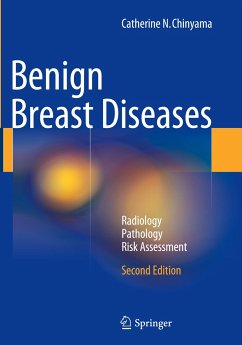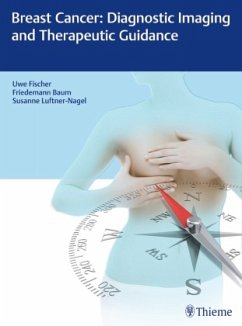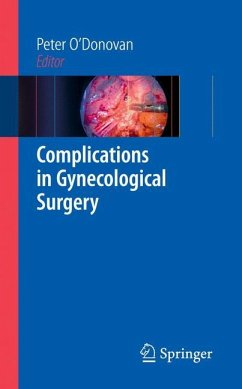
Benign Breast Diseases
Radiology - Pathology - Risk Assessment
Versandkostenfrei!
Versandfertig in 1-2 Wochen
75,99 €
inkl. MwSt.
Weitere Ausgaben:

PAYBACK Punkte
38 °P sammeln!
The majority of textbooks on breast disease understandably concentrate on cancer and related prognostic factors, with minimal space devoted to benign conditions. With widespread use of screening mammography and improvements in imaging equipment, smallerand smaller cancers are being detected. This has also resulted in detection of indeterminate micro-calcification and soft tissue densities, which in variablyleads to diagnostic fine needle aspirationcytologyor needle core biopsy. Al though most of the mammographically indeterminate lesions are benign, biopsies also detect potentially malignant l...
The majority of textbooks on breast disease understandably concentrate on cancer and related prognostic factors, with minimal space devoted to benign conditions. With widespread use of screening mammography and improvements in imaging equipment, smallerand smaller cancers are being detected. This has also resulted in detection of indeterminate micro-calcification and soft tissue densities, which in variablyleads to diagnostic fine needle aspirationcytologyor needle core biopsy. Al though most of the mammographically indeterminate lesions are benign, biopsies also detect potentially malignant lesions, which include atypical hyperplasias, le sions of undetermined malignant potential such as columnar cell change and other epithelial proliferations. These lesions require proper radiological and pathological assessment at multidisciplinary meetings for appropriate patient management. The objective ofthis bookisto provide an overview ofradiological and pathologi cal features of benign lesions with an emphasis on screen-detected lesions, with il lustrated examples. Although the radiologicaland pathological correlations concen trate on the screen-detectedbenignlesions, it wasnot possible to limit the discussion of the radiologyand pathologyto justscreen-detectedlesions. This isbecause mam mographic screeningbecameroutine in developed countries only in the past fewde cades, and there are insufficient follow-up data in the literature on patients with screen-detectedbenign disease. Secondly,although breast disease isarbitrarilyclas sified into symptomatic and screen-detected, all women who attend specialised breast units invariablyundergo some form ofimaging, mostly mammographyor ul trasound. Emphasis on screen-detectedlesions also highlights the heterogeneous ar ray of benign diseases in this age group, which in the future may create significant breast disease workloads as longevity becomes the norm in the developed world.












